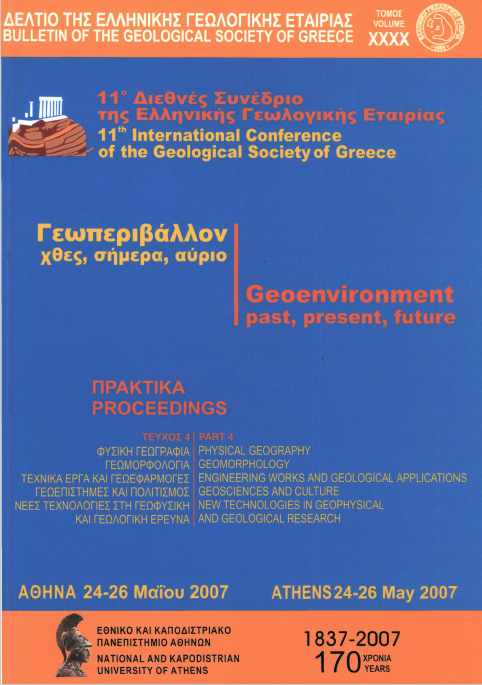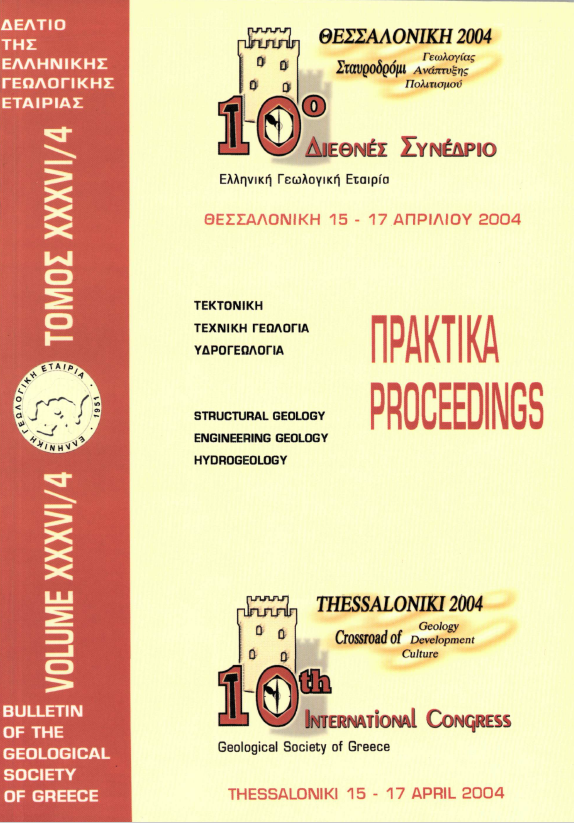Identification and assessment of Cretan geotopes

Abstract
This study presents the first complete list of the most important geological features and landforms of Crete. Identification of geo topes and collection of data were based on earlier publications and similar efforts, search in existing scientific literature and field observations. A database was formed containing the overall documentation of each geotope, on which evaluation was afterwards implemented. Worldwide tested methodologies were used for the recognition of the importance and value for each geotope, as well as, the identification of possible threats and future perspectives for local economic and scientific development. About 132 geotopes were recognized for their national or regional importance, their representativeness for the interpretation of Cretan geology and impact on natural ecosystems and local culture. The majority of these geotopes are of high scientific and aesthetic value serving in our days tourist and scientific/educational purposes. Generally no serious threats or dangers have been recognized, except of few caves where the impact of massive tourism is serious. These results set a minimum base for the conservation and enhancement of Cretan earth heritage, that should be followed by nationally based actions for further recognition and legal protection of our geodiversity
Article Details
- How to Cite
-
Fassoulas, C., Paragamian, K., & Iliopoulos, G. (2007). Identification and assessment of Cretan geotopes. Bulletin of the Geological Society of Greece, 40(4), 1780–1795. https://doi.org/10.12681/bgsg.17140
- Section
- Geosciences and Culture

This work is licensed under a Creative Commons Attribution-NonCommercial 4.0 International License.
Authors who publish with this journal agree to the following terms:
Authors retain copyright and grant the journal right of first publication with the work simultaneously licensed under a Creative Commons Attribution Non-Commercial License that allows others to share the work with an acknowledgement of the work's authorship and initial publication in this journal.
Authors are able to enter into separate, additional contractual arrangements for the non-exclusive distribution of the journal's published version of the work (e.g. post it to an institutional repository or publish it in a book), with an acknowledgement of its initial publication in this journal. Authors are permitted and encouraged to post their work online (preferably in institutional repositories or on their website) prior to and during the submission process, as it can lead to productive exchanges, as well as earlier and greater citation of published work.







